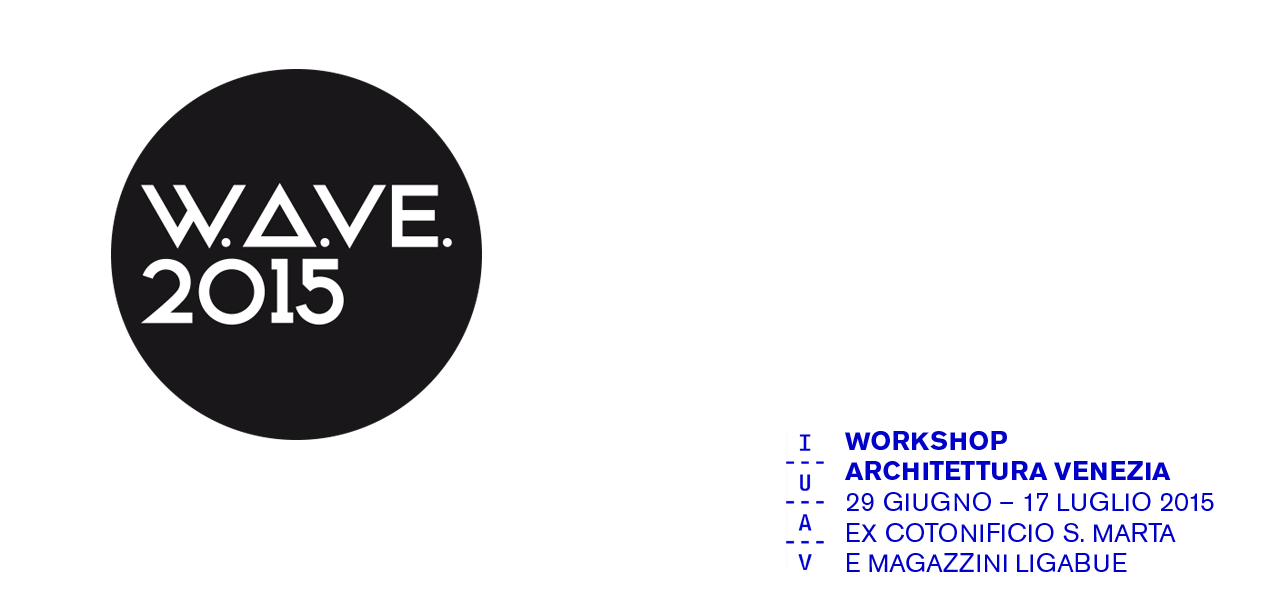Professor
Linna Choi & Tarik Oualalou [FR – MA]
Assistant
Tommaso Bernabò Silorata
EN // There is a very long tradition of inhabited infrastructures; historically, inhabited bridges created a continuity of the urban fabric in discontinuous situations (the bridge is literally a street within). With the emergence of urbanism as an independent discipline, this tradition disappears. Attempts at reviving this trajectory emerged in the 60’s and 70’s with the utilization of overblown architectural scales as a territorial device. From Superstudio to Rem Koolhaas, these strategies were mostly critical projects and apparatuses, pretexts for a new architectural discourse.
The notion of inhabited infrastructures is a way to move beyond the traditional make of city scape (street, urban block, lot, building) and explore inversions and mutations of these four scales of urban fabric, not as a way to erase the city but as a way to invent different ways to intervene in a unique metropolitan context such as Venice.
The site we will be investigating for the workshop is the causeway which links the Italian mainland with Venice’s historic city. Consisting of both the railway for trains (the Venice Railroad bridge, first constructed in 1846), and the roadway for automobiles (Ponte Della Libertà, built in 1933), the causeway stretches almost four kilometers from Mestre to Santa Lucia railway station.
The program for the site will be to create a new residential quarter on the site of the causeway which will link the historic center of Venice with the mainland. Addressing the chronic housing shortage in Venice, the program will be primarily residential, with the addition of public and recreational amenities. The proposed projects will maintain the rail and vehicular links between Venice and the mainland.
CASE STUDIES
Historical Precedents for inhabited bridges
Ponte Vecchio, Kramerbrucke, Pont de Rohan, Original London Bridge
Layered, hybrid infrastructures
Eurolille (France), King’s Cross (England), Lower Manhattan Expressway (US: Paul Rudolph)
Superstudio: 1969 Continuous Monument – an architectural model for total urbanization
Bibliography / References
Anchoring, Steven Holl.
Delirious New York, Rem Koolhaas.
The Image of the City, Kevin Lynch
Megastructures: Urban Futures of the Recent Past, Reyner Banham
Superstudio: Life Without Objects, Peter Lang and William Menking
SCHEDULE
The studio schedule will be as follows:
Week 1
Site Analysis
Case Studies: Precedents
Scale and Program investigation
Construction of a communal site model
Week 2
Conceptual models
Project Development: Explorations in Section
Week 3:
Project Development/Finalization
Final Jury
IT // C’è una grande tradizione di infrastrutture abitate; storicamente i ponti abitati hanno generato una continuità del tessuto urbano in situazioni di discontinuità (il ponte diventa letteralmente una strada). Con lo sviluppo dell’urbanistica come disciplina indipendente, questa tradizione scompare. Negli anni ’60 e ’70 emergono nuovi tentativi di rianimare questa pratica con l’utilizzo di scale architettoniche esagerate come strumento territoriale. Da Superstudio a Rem Koolhaas, queste strategie furono soprattutto progetti critici, pretesti per un nuovo dibattito architettonico.
La nozione di infrastruttura abitata è un modo per andare oltre alla tradizionale forma della città (strada, isolato, lotto, edificio) ed investigare il ribaltamento e la mutazione di queste quattro scale del tessuto urbano, non per cancellare la città ma piuttosto come mezzo per concepire approcci differenti per intervenire in un contesto metropolitano unico come Venezia.
Il sito che prenderemo in esame per il workshop é il ponte che lega la città storica di Venezia con l’entroterrra veneto. Composto dal tratto ferroviario (costruito nel 1846) e dall’asse stradale (realizzato nel 1933), il ponte conta una lunghezza di quattro chilometri circa che vanno da Mestre alla stazione ferroviaria Santa Lucia.
Il programma per l’area d’intervento sarà di creare un nuovo quartiere residenziale lungo il percorso del ponte in modo da connettere il tessuto del centro storico di Venezia con l’entroterra. Affrontando il problema ricorrente e sempre attuale della mancanza di alloggi a Venezia, la componente principale sarà di tipo residenziale, con l’integrazione di spazi pubblici e attività di uso collettivo. La proposta di progetto manterrà intatto il collegamento ferroviario e stradale.
CASI STUDIO
Precedenti storici di ponti abitati
Ponte Vecchio, Kramerbrucke, Pont de Rohan, Original London Bridge
Infrastrutture ibride e stratificate
Eurolille (France), King’s Cross (England), Lower Manhattan Expressway (US: Paul Rudolph)
Superstudio: 1969 Monumento Continuo – Un modello architettonico di urbanizzazione totale
Bibliografia / Referenze
Anchoring, Steven Holl.
Delirious New York, Rem Koolhaas.
The Image of the City, Kevin Lynch
Megastructures: Urban Futures of the Recent Past, Reyner Banham
Superstudio: Life Without Objects, Peter Lang and William Menking
PROGRAMMA
Il programma di lavoro sarà il seguente:
Settimana 1
Analisi dell’area d’intervento
Casi studio
Analisi della scala d’intervento e del programma
Realizazzione di un plastico di studio comune
Settimana 2
Plastici di studio
Sviluppo progetto, studi sulla sezione
Settimana 3
Sviluppo progetto, finalizzazione progetto
Presentazione progetti


Leave a Reply